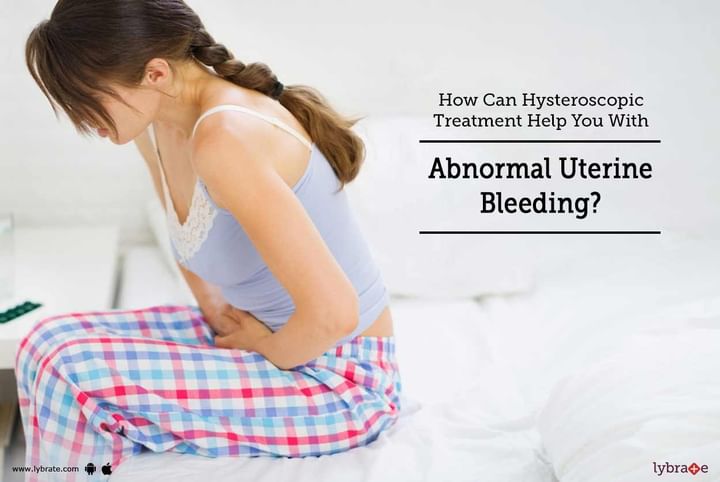How Can Hysteroscopic Treatment Help You With Abnormal Uterine Bleeding?
Abnormal uterine bleeding, also known as AUB, is one of the most common causes requiring gynecologic evaluation. Hysteroscopy is a procedure wherein a thin camera called hysteroscope is introduced into the uterus via the vagina and this light helps in a thorough examination of the uterus. In cases where there are cysts or fibroids or even cancerous growths, this is used to get more details on the lesions. However, hysteroscopy also has a therapeutic use in that it is used to treat conditions like abnormal uterine bleeding. Read on to know more about AUB and how hysteroscopy helps in treatment.
Causes of Abnormal Uterine Bleeding: Vaginal bleeding that occurs more often than 21 days and farther apart than 35 days is known as abnormal uterine bleeding. The bleeding is also abnormal if it lasts longer than 7 days and more than 80 mL of blood is lost during each cycle.
Some causes include:
- Hormonal imbalance
- Cancer
- Uterine polyps
- Uterine fibroids
- Cervical infections
Diagnosis/Treatment:
When a woman has abnormal bleeding, further diagnosis is required to confirm the exact cause of the bleeding. This is where the hysteroscopy comes into the picture. Hysteroscopy, literally translates to viewing the uterus from inside directly through a camera.
How it is done:
Hysteroscopy is done as an outpatient procedure and normally takes about 3 to 4 hours. General or spinal anesthesia may be used depending on complexity and overall patient health. The uterus is filled with a fluid like saline or glycerin and a thin lighted instrument called the hysteroscope is inserted through the vagina, up the cervix, and into the uterus. This tube is flexible and so can be moved across the uterus to identify any areas of abnormality. It also has a camera and so can be used to take pictures of suspicious areas.
Causes for infertility may also be detected using hysteroscopy. Small knives can also be used to remove the lesion like fibroid or polyp. These are often the cause of abnormal bleeding. Samples can also be taken for biopsy to confirm if any cancerous growth is detected.
Hysteroscopy is a safe and effective way to examine the cervical canal and uterine cavity. It is better to accompany D&C with hysteroscopy instead of going for blind dilatation and curettage, especially in women who are peri or premenopausal. Hysteroscopy is a safe procedure if done by a doctor, specialised in gynecological endoscopy and helps in both diagnosis and treatment of abnormal uterine bleeding.



+1.svg)
